Do Snake Plants Like Acidic Soil
Yes, snake plants enjoy slightly acidic soil, but there’s a twist: could too much acid ruin your Sansevieria? 🌱
Yes, snake plants enjoy slightly acidic soil, but there’s a twist: could too much acid ruin your Sansevieria? 🌱
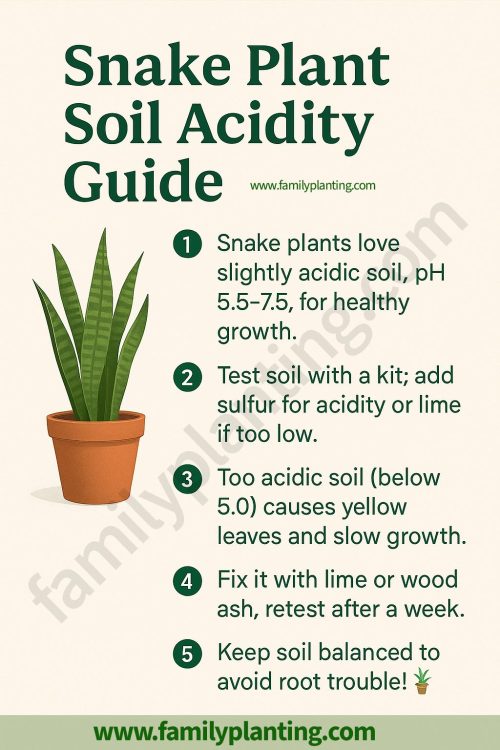
I’ve always been hooked on how snake plants bring a cool, green vibe to my home, and figuring out their soil likes has been a fun journey.
So, do snake plants like acidic soil?
Yes, they do best in soil that’s slightly acidic to neutral, with a pH between 5.5 and 7.5, perfect for soaking up nutrients like nitrogen and potassium to keep those spiky leaves strong.
I’ve noticed my Mother-in-Law’s Tongue grows taller and greener when the soil leans toward the acidic side, around 6.0, which I checked with a cheap pH test kit from amazon.
But here’s the catch: if the soil gets too acidic, below 5.0, the roots struggle to grab what they need, and I’ve seen some leaves turn yellow when I overdid it with an acidic mix.
It’s all about finding that sweet spot, and I’m excited to share how to get it right for your snake plant! 🪴
Use a pH test strip to check your snake plant soil monthly! 🌿
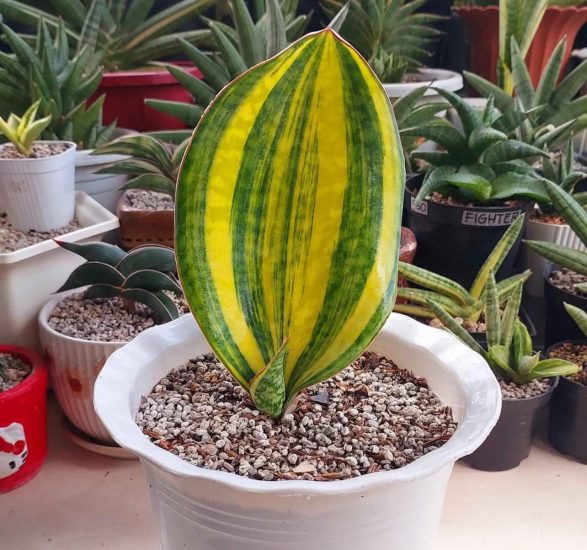
I’ve found that adjusting the soil for my Snake Plants helps them thrive, especially when aiming for that slightly acidic sweet spot they love.
Getting the pH dialed in is a game changer for Sansevieria care, and I’ve gathered a few quick methods to do just that.
When you need fast results, here are a few tricks I’ve used that work surprisingly well:
💡 Always test with a pH kit after a few days. If the soil drops below pH 5.0, your Snake Plant might start drooping, mine did, and it wasn’t happy!
🌱 Fun Fact:
Snake plants can handle a pH swing, but they shine at 6.0!
Popular Reads You Might Enjoy:
🪴 Care Hack:
Mix peat moss into soil to gently lower pH for your Sansevieria!
I’ve grown my Snake Plants for years and found they truly thrive with the right soil pH. Their sweet spot is slightly acidic to neutral. They don’t do well in highly alkaline or overly acidic soil, so here are a few solid tips to help your Sansevieria stay balanced, vibrant, and healthy.
Yes, Snake Plants tolerate acidic soil quite well. They grow best in a pH range of 5.5 to 7.5, with 6.0 to 6.5 being the ideal zone. I confirmed this with a soil pH test kit, and after lowering my soil to 6.0 using peat moss, my Snake Plant responded with taller, greener growth in just two months – total win.
They can tolerate soil as low as pH 4.5, but I’ve noticed signs of stress below 5.0, like yellowing leaves from nutrient issues.
Here’s what works for me:
You can test if your Snake Plant soil is acidic with simple methods:
📅 Pro tip: Test your soil every couple of months to make sure your Sansevieria stays in its happy zone. Balanced soil = strong roots and lush growth!
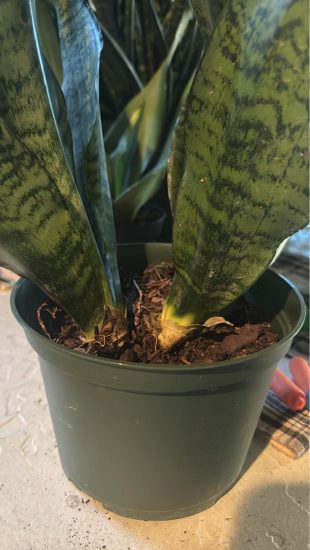
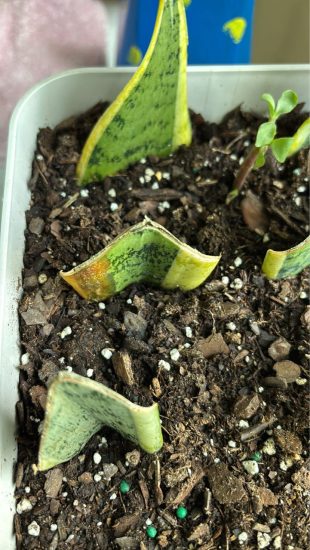
💧 Quick Fact:
Acidic soil helps snake plants absorb iron better for green leaves!
When the soil drops below pH 5.0, your Snake Plant will start sending out SOS signals.
One of the first signs I noticed was yellowing at the leaf edges, especially on older leaves.
This happens because the roots struggle to absorb nutrients like iron and magnesium.
Soft, droopy leaves are another red flag. I saw this after adding too much sulfur to adjust pH, and it pushed the soil too far down the scale. Growth slowed, and new shoots stopped appearing until I corrected it.
To verify, I used a pH kit. When the reading was below 5.0, I added a pinch of lime and brought the pH back to around 6.0. Within a week or two, my plant perked up and showed signs of recovery.
Fixing overly acidic soil isn’t complicated. I’ve done it more than once, and each time my Snake Plants bounced back beautifully.
Here’s how:
💡 Keep an eye on your leaves. Within a month, you should see firmer growth, more vibrant color, and maybe even some new pups starting to emerge. Your Sansevieria will thank you!
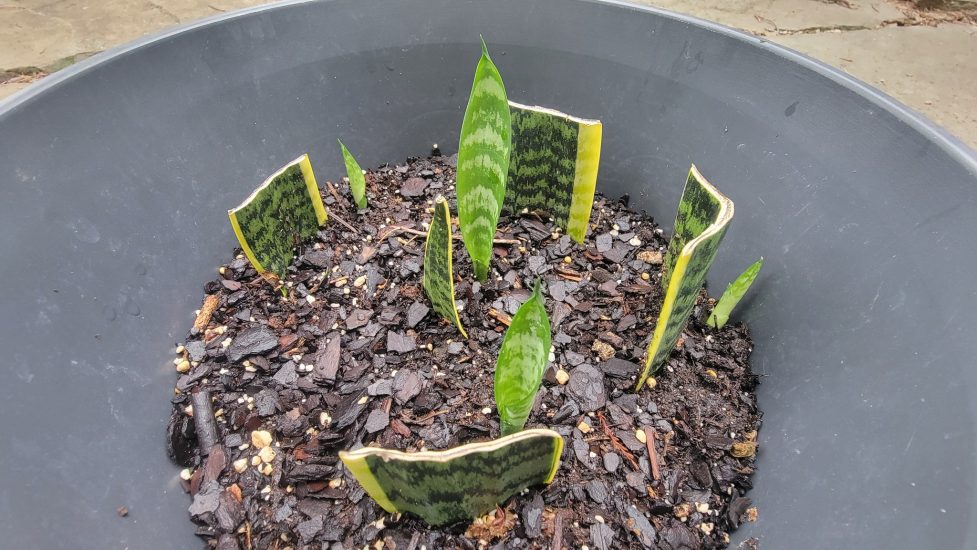
Embrace the spirit of horticulture and spread the seeds of wisdom